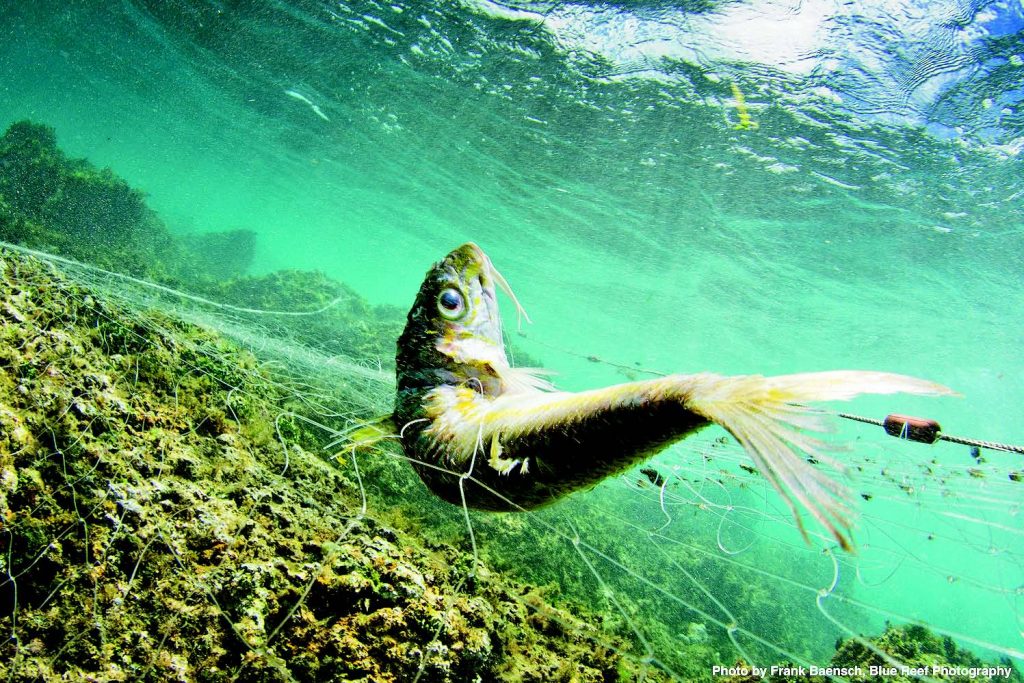Mass extinction: a widespread loss of majority of species in a short period of time. It’s scary, but it’s our luck that it happens rarely. In the past 600 million years, earth has seen five of these mass extinctions. One of these we may be familiar with, because it brought on the extinction of currently trendy creatures: dinosaurs. This mass extinction is the Cretaceous–Paleogene extinction, which occurred approximately 65 million years ago.
It was the fifth mass extinction, and we would’ve been happy for it to be the last. But we are currently on our way to the sixth.
Mass extinction happening right now
Yes, a mass extinction is currently happening as you read this. Tagged as a “biological annihilation”, the sixth mass extinction is affecting both rare and common species.
Conservation efforts are as important here in our country as they are in others. The Philippines is a biodiversity hotspot, with an estimate 60 percent of its mammal species endemic. This means an estimated 60 percent of mammals found in the Philippines can only be found in the country, nowhere else. When they’re gone here, they’re gone from the entire planet.
What you can do
While all other mass extinctions are of natural causes, more and more scientific evidence points to the ongoing sixth mass extinction being human-induced. Because we are the ones causing this extinction, we can also prevent it from going further.
Even though combating a phenomenon as big as a worldwide mass extinction isn’t simple, we all have a part to play. You’ll be surprised how much difference a little change in your lifestyle can make!
Here are some tips to make your lifestyle more wildlife- and more conservation-friendly.
1. Go plastic-free
Marine animals ingest plastic, mistaking it for food. These animals also get entangled in bigger plastics, such as six-pack rings and plastic bags, while straws can get stuck in their airways.

Avoid contributing to this threat to the marine life by always bringing your reusables with you. Keep a handy metal shopping straw, a set of utensils, an eco-bag, and a tumbler with you to start with. Make use of what you currently have instead of buying these zero-waste must-haves brand new. Sometimes, avoiding plastic is even as easy as saying no. (No metal straw, no problem! We can drink straight from the glass.) Think of each plastic you save as one life saved.
2. Skip the fish
An estimated 640,000 tons of ghost fishing gear are left in the oceans each year, killing over 100,000 marine animals such as whales, dolphins, seals, and turtles annually. Ghost fishing gears are fishing equipment, most of which are nets that are left or lost in the ocean. These are difficult to recover, nearly impossible to trace back to the owner, and highly dangerous for our marine life.

Marine animals commonly ingest, get entangled in, or get suffocated by ghost fishing gear. It is estimated that up to 30 percent of the decline in fish stocks is caused by these. This is on top of the 100,000 marine animals annually killed.
And it’s not only the fishing gear that threatens marine biodiversity; a very common fishing method does as well: trawling. Trawling involves a net dragged by one or more boats. This method doesn’t choose between species, everything bigger than the net’s holes gets scooped! Dolphins, sea turtles, juvenile fishes, and even sharks are some of the species most commonly captured.
Removing sea life from our plates has never been easier. Skip the sea life altogether or use plant-based versions such as vegan milkfish, squid rings, and even dilis!
3. Avoid microbeds!
Innocent-looking facial and body scrubs do more damage than you think. Microbeads, a category of microplastic, can often be found in personal care products, especially scrubs. While they might scrub well, wastewater filter systems can’t filter them due to their size. Microplastics then end up in our waterways and, eventually, in marine lives’ guts. This makes microplastic infiltrate the food chain and ecosystem.

Avoid these microbeads by choosing products that are biodegradable and microbead-free. Look out for “polyethylene” or “polypropylene” in the ingredient list of the products you want to buy as these indicate plastic microbeads.
DIY scrubs are also fun to try! Baking soda and coffee grounds are affordable, easy-to-find ingredients for a DIY scrub. (Tip: Get free coffee grounds from coffee shops.) A quick Google search will show great possibilities!
4. Say no to unsustainable palm oil
Palm oil is currently infamous for the deforestation and orangutan deaths it causes.
In Sumatra alone, 10.8 million hectares of land has been cleared for palm oil. While clearing of land in that scale is generally bad for the environment and biodiversity, the palm oil industry makes the activity worse by clearing primary forests.

Primary forests are old-growth forests where little to no human activity has occurred. These forests are essential to combating climate change and protecting global biodiversity. When burned, as is the case with palm oil plantations, primary forests do not only lose the ability to absorb carbon, but also release the carbon that they have stored in their existence. Primary forests also serve as habitats for a vast number of species whose populations are greatly negatively impacted without these forests.
What can we do?
Go oil-free as much as possible! Water sauteing, oil-free roasting, and air frying are worthy Google searches.
Choose sustainable palm oil. Certification bodies like Roundtable on Sustainable Palm Oil (RSPO) have set standards for the palm oil industry. One of RSPO’s eight principles for sustainable palm oil is “Environmental responsibility and conservation of natural resources and biodiversity.”
Choose products without palm oil over those with. Also, choose products with certified sustainable palm oil over those that use uncertified palm oil.
5. Eat a plant-based diet
The animal agriculture industry is one of the main drivers of climate change, with a significant direct impact on the world’s biodiversity.

Animal agriculture is very land intensive. Livestock covers 45 percent of the earth’s total land; it is no surprise that the industry is one of the leading causes of deforestation. In the Amazon rainforest, for one, up to 80 percent of the deforestation is due to animal agriculture. This displaces animal species as they are left with no shelter and food source, and are robbed of the environment that sustains them. This doesn’t only happen in the Amazon, but also in other forests worldwide.
Animal agriculture also directly decimates biodiversity: Certain animal species are targeted and hunted because they are perceived to affect the industry’s profits. U.S. Department of Agency’s Wildlife Services killed 3.2 million animals in 2016 and 2.3 million in 2017 to protect livestock until they are ready for slaughter. In 2017, 1.3 million of the animals killed were native wildlife.
The industry is also responsible for up to 18 percent of total greenhouse gas emissions worldwide, and water pollution that cause ocean dead zones.
We, as consumers, have more control over these industries than we know. Through laws of supply and demand, our choices can make the market more ethical and sustainable.
This appeared in Animal Scene magazine’s February 2019 issue.



